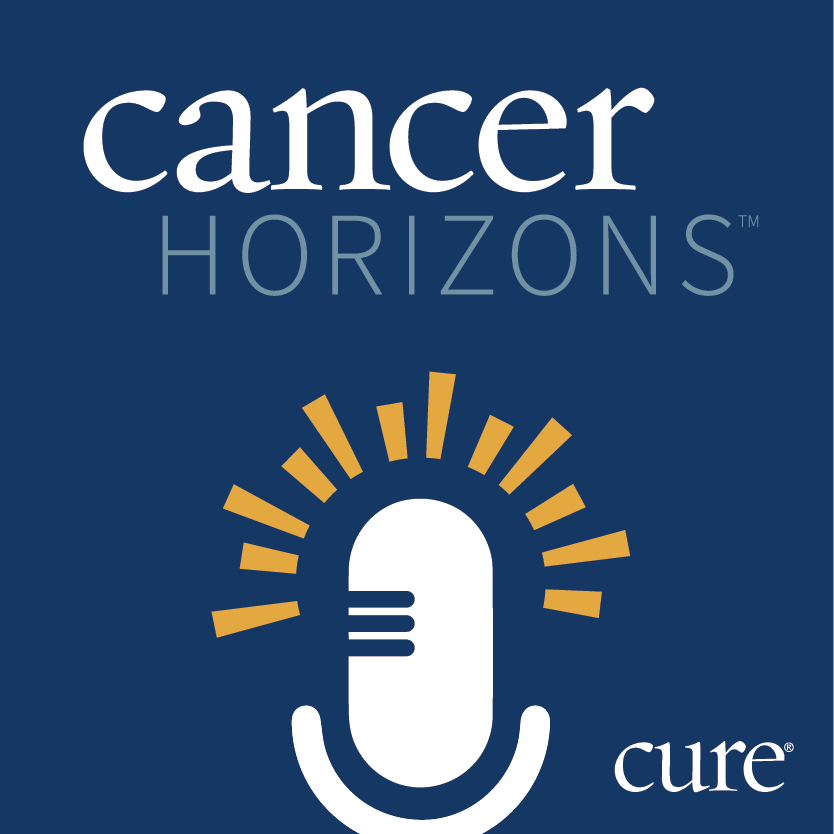Among patients with advanced, HER2-negative, mismatch repair-proficient gastric and gastroesophageal junction adenocarcinoma, frontline treatment with Tevimbra (tislelizumab) plus irinotecan, paclitaxel, oxaliplatin and 5-flourouracil/leucovorin (POFI) was shown to be both active and have a manageable safety profile, trial results have shown.
Data from the phase 1/2 SYLT-023 trial were presented at the 2025 Gastrointestinal Cancers Symposium.
At the data cutoff date of Sept. 18, 2024, the confirmed objective response (ORR) rate in patients with measurable disease (13 patients) was 100% (complete response [CR], 6.7%; partial response, 80%). Of the two patients with non-measurable disease, one had CR (6.7%) and the second had non-CR/non-progressive disease (6.7%). In the total patients, the ORR was 93.5% (14 patients) and the disease control rate (DCR) was 100% (15 patients).
The median progression-free survival (PFS) was 10.51 months, and the median overall survival (OS) was 14.75 months. The median duration of response was 7.39 months.
“[Tevimbra] plus POFI was well tolerated and showed preliminary antitumor activity in [patients with] advanced gastric cancer, [and] a phase 2 study at the recommended phase 2 dose [RP2D] is ongoing,” lead study author Dr. Liyu Su, of Fujian Cancer Hospital and Fujian Medical University Cancer Hospital, Fuzhou, Fujian, China and coauthors, wrote in the poster.
Glossary:
Anemia: low count of healthy red blood cells.
Complete response: disappearance of cancer.
Disease control rate: patients whose disease shrunk, stabilized or disappeared from treatment.
Duration of response: how long a patient responds to treatment.
ECOG performance status: a scoring system for a patient’s ability to complete daily tasks, with a lower score meaning greater independence.
Elevated alkaline phosphatase: a potential indication of bone or liver disease.
Hypokalemia: low levels of potassium.
Leukocytopenia: low white blood cell count.
Objective response rate: patients who responded partially or completely to treatment.
Overall survival: how long a patient lives, regardless of disease status.
Partial response: a decrease in the extent of disease in the body due to treatment.
PD-L1 combined positive score: a measurement of PD-L1 positive cells in the body.
Progression-free survival: the time a patient lives without their disease spreading or worsening.
Gastric cancer is the fifth most common cancer globally, with a high incidence in China. Despite the activity of Tevimbra plus platinum and fluoropyrimidine-based chemotherapy in patients with advanced gastric cancer, evidenced in the phase 3 RATIONALE-305 trial, outcomes remain poor.
However, stronger cytotoxic agents could potentiate higher levels of immunogenic cell death, leading to better T-cell activation and subsequent activity of checkpoint inhibition. This, coupled with data showing improved outcomes with paclitaxel plus modified FOLFOX versus FOLFOX and antitumor activity with irinotecan in advanced gastric cancer, served as the basis for the present study.
The study enrolled patients between the ages of 18 and 70 years who had received a histologically or cytologically confirmed diagnosis of advanced unresectable adenocarcinoma of the gastric or gastroesophageal junction. Eligibility criteria required that patients have an evaluable lesion, an ECOG performance status of 0 or 1, adequate organ function and a life expectancy of at least three months. Prior chemotherapy or radiation therapy was not allowed apart from chemotherapy received in the (neo)adjuvant setting that had been completed more than six months prior to relapse.
At all dose levels, patients received Tevimbra at 200 milligrams (mg) every two weeks (Q2W), oxaliplatin at 85 mg per square meter (mg/m2) Q2W, levoleucovorin at 200 mg/m2 Q2W, and 5-FU at 2400 mg/m2 over the course of 46 hours Q2W. Those in dose level 1 (three patients) received irinotecan at 135 mg/m2 Q2W and paclitaxel at 45 mg/m2 Q2W; those in dose level 2 (three patients), received irinotecan at 150 mg/m2 Q2W and paclitaxel at 45 mg/m2 Q2W; those in dose level 3 (three patients), received irinotecan at 135 mg/m2 Q2W and paclitaxel at 67.5 mg/m2 Q2W; and those in dose level 4 (six patients) received irinotecan at 135 mg/m2 Q2W and paclitaxel at 90 mg/m2 Q2W.
Among the 15 total patients, the median age was 65 years. The majority of patients were male (80%), 65 years of age or older (60%), and had an ECOG performance status of 0 (80%) with a primary tumor located in the gastric tract (86.7%). The primary histologic type was undifferentiated (73.3%), and the primary tumor was present in most cases (93.3%). Approximately one-third of patients (66.7%) had at least two metastatic organs involved, with sites including the lymph nodes (86.7%), liver (33.3%), peritoneum (20%), lung (6.7%) and others (13.3%). Most patients did not receive prior chemotherapy as required by the eligibility criteria (80%). PD-L1 combined positive score (CPS) was 0 in 60% of patients, at least 1 in 40% and 5 or higher in 33.3%.
Additional efficacy results broken down by CPS indicated that the median PFS in patients with a score below 1 was 11.14 months versus 8.76 months in those with a score of 1 or higher. The median OS in patients with scores below 1 and 1 or higher, respectively, was 12.29 months versus 20.88 months.
Regarding safety, one dose-limiting toxicity of grade 4 neutropenia occurred within 28 days in dose level 4, but the MTD was not reached. The RP2D was determined to be 135 mg of irinotecan every two weeks, 90 mg of paclitaxel every two weeks, 85 mg/m2 of oxaliplatin, 200 mg/m2 of leucovorin, 2400 mg/m2 of 5-flourouracil for 46 hours every two weeks, and 200 mg of Tevimbra every two weeks.
All patients experienced treatment-related side effects; 73.3% of patients experienced grade 3 (severe) or higher events. Treatment-related side effects included anemia (all grade, 100%; grade 3 or higher, 26.7%, respectively) leukocytopenia (86.67%; 33.33%) neutropenia (93.33%; 66.67%), decreased platelet count (53.33%; 0%), elevated alkaline phosphatase (53.33%; 0%) and hypokalemia (40%; 13.33%). Notably, no deaths were deemed treatment related.
Reference:
“Tislelizumab (Tisle) combined with POFI (irinotecan, paclitaxel, oxaliplatin and 5-FU/levoleucovorin) as first-line treatment of advanced gastric/gastroesophageal junction adenocarcinoma (AGC): OS analysis results of the SYLT-023” by Dr. Liyu Su et al., Journal of Clinical Oncology.
For more news on cancer updates, research and education, don’t forget to subscribe to CURE®’s newsletters here.





